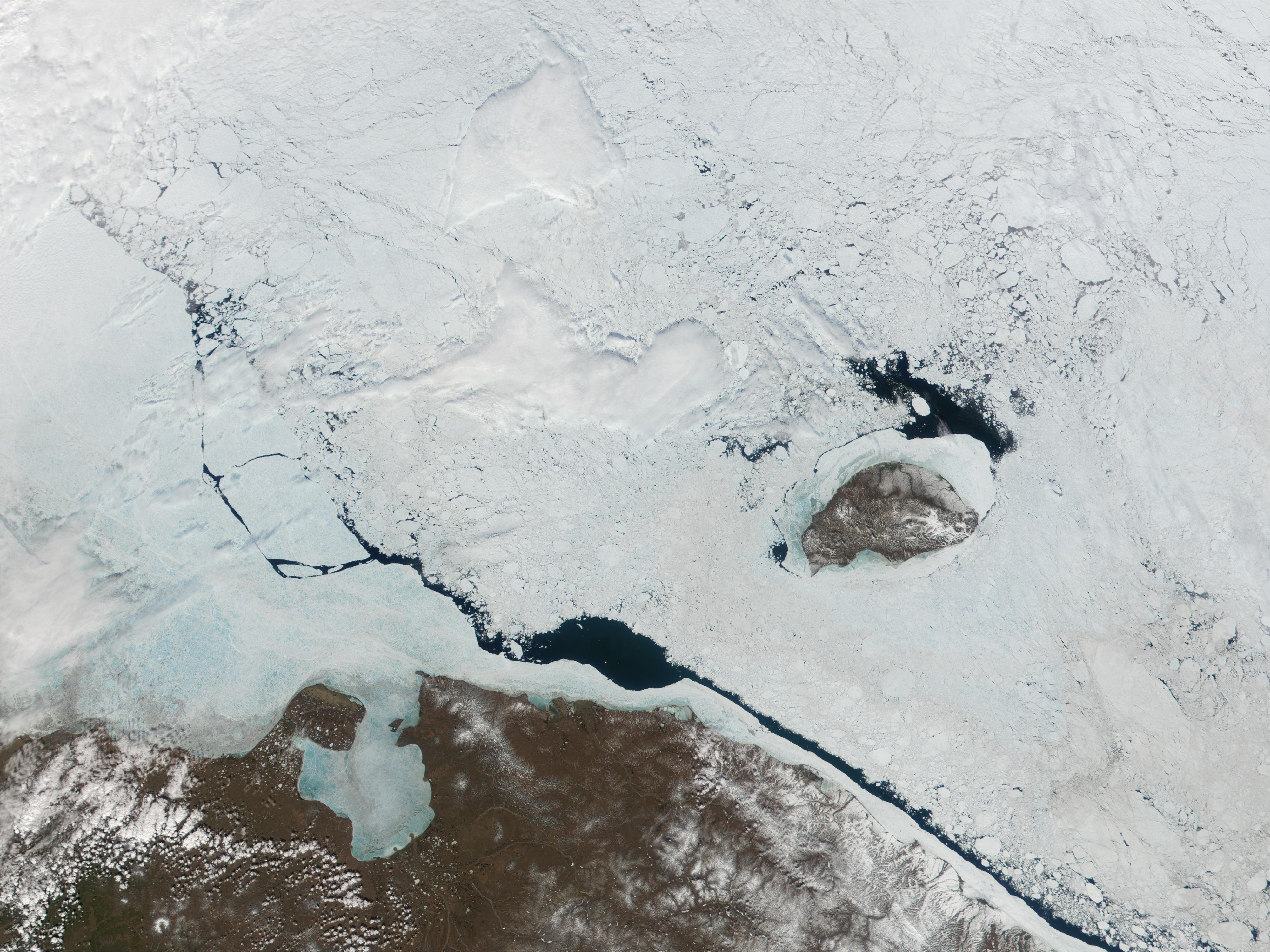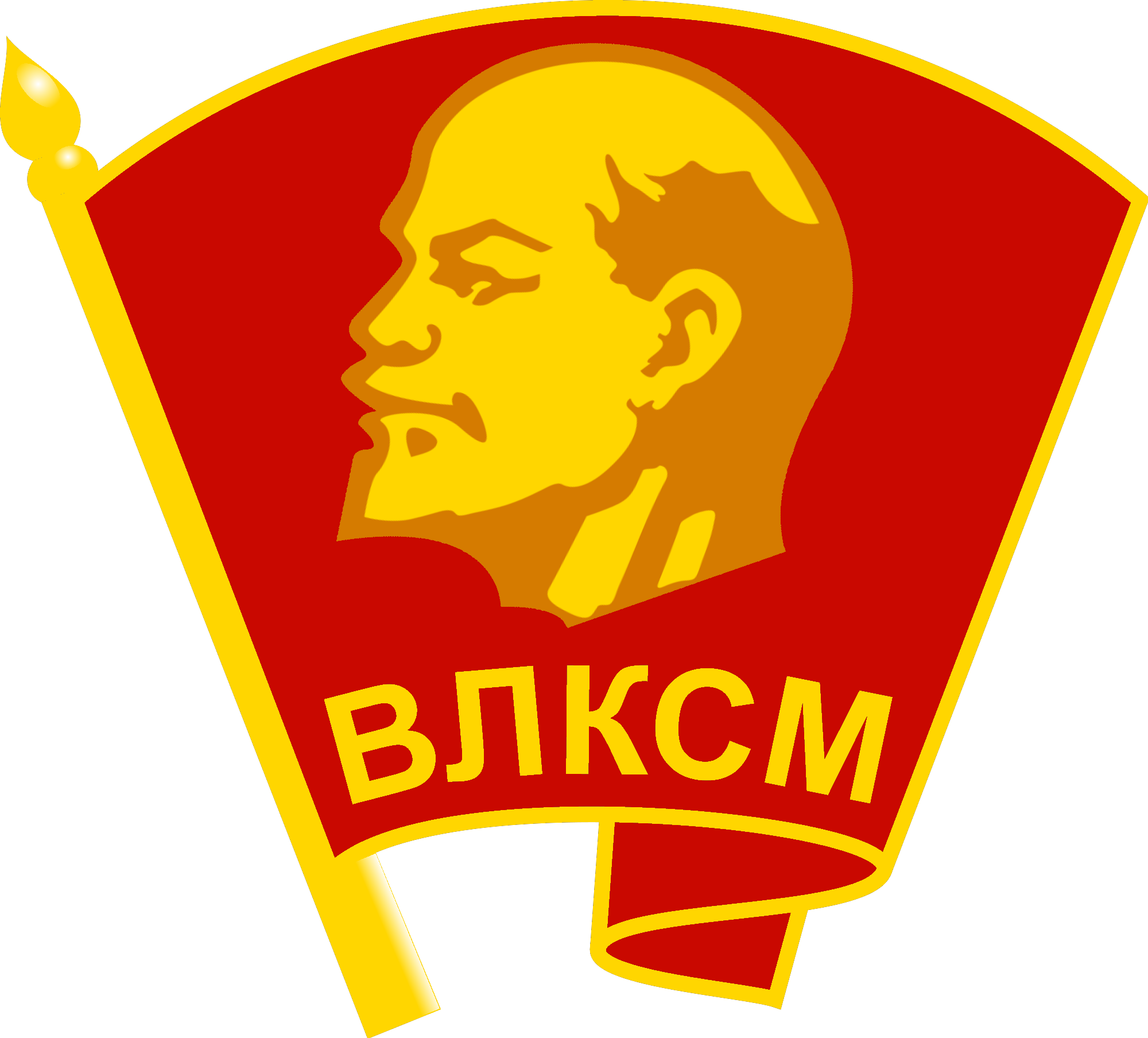|
Valkumey
Valkumey (russian: Валькумей, Chukchi: , ''Vylḳyňèj'', lit. "Coal Mountain") was an inhabited locality (an urban-type settlement) in Chaunsky District of Chukotka Autonomous Okrug, Russia, located on the shores of Chaunskaya Bay (part of the East Siberian Sea). Population: 0 ( 2002 Census); History Prior to the foundation of the settlement a preliminary expedition headed by a geologist called Dietmar was undertaken assessing the prospects of developing mining in the immediate area. He predicted that there were significant quantities of cassiterite-tin ore in the area, a prediction that was confirmed by later, more focussed, expeditions by larger teams of geologists. Valkumey was founded in 1941Dead-cities.rEntry on Valkumey when mining began in this area, and the first few tons of tin were extracted from the Valkumey mine in the form of cassiterite. The mining was done almost entirely by prisoners of and exiles created by the Dalstroy GULAG system. Shortly after th ... [...More Info...] [...Related Items...] OR: [Wikipedia] [Google] [Baidu] |
Pevek
Pevek (russian: Певе́к; Chukchi: , ''Pèèkin'' / ''Pèèk'') is an Arctic port town and the administrative center of Chaunsky District in Chukotka Autonomous Okrug, Russia, located on Chaunskaya Bay (part of the East Siberian Sea) on a peninsula on the eastern side of the bay facing the Routan Islands, above the Arctic Circle, about northwest of Anadyr, the administrative center of the autonomous okrug. Population: Pevek is a modern settlement established after World War I to provide a port for the export of minerals as part of the expanding Northern Sea Route. During the 1940s and 1950s, the area surrounding Pevek was the site of several gulags where prisoners mined uranium. In recent years, many of the mines became unprofitable and have closed, causing many residents to move to more central regions in Russia and the port infrastructure to decay. Pevek is the present location of the Akademik Lomonosov floating nuclear power plant, which carries two marine-type KLT-40S nu ... [...More Info...] [...Related Items...] OR: [Wikipedia] [Google] [Baidu] |
Chaunsky District
Chaunsky District (russian: Ча́унский райо́н; Chukchi language, Chukchi: , ''Čaan rajon'') is an administrativeLaw #33-OZ and municipalLaw #46-OZ district (raion), one of the administrative divisions of Chukotka Autonomous Okrug, six in Chukotka Autonomous Okrug, Russia. It is located on the northern shore of the autonomous okrug and borders with Iultinsky District in the northeast, Anadyrsky District in the southeast, and with Bilibinsky District in the south and west. The area of the district is . Its administrative center is the types of inhabited localities in Russia, town of Pevek. Population: The population of Pevek accounts for 80.8% of the district's total population. Chaunsky District is flat compared to other districts in the autonomous okrug. The land within the current boundaries was first discovered by non-indigenous people in the 18th century, and now the indigenous people of the district are a minority as ethnic Russians came to the area following a g ... [...More Info...] [...Related Items...] OR: [Wikipedia] [Google] [Baidu] |
Chukotka Autonomous Okrug
Chukotka (russian: Чуко́тка), officially the Chukotka Autonomous Okrug,, ''Čukotkakèn avtonomnykèn okrug'', is the easternmost federal subjects of Russia, federal subject of Russia. It is an autonomous okrug situated in the Russian Far East, and shares a border with the Sakha, Sakha Republic to the west, Magadan Oblast to the south-west, and Kamchatka Krai to the south. Anadyr (town), Anadyr is the largest types of inhabited localities in Russia, town and the administrative center, capital, and the easternmost settlement to have town status in Russia. Chukotka is primarily populated by ethnic Russians, Chukchi people, Chukchi, and other Indigenous peoples of Siberia, indigenous peoples. It is the only autonomous okrug in Russia that is not included in, or subordinate to, another federal subject, having separated from Magadan Oblast in 1992. It is home to Lake Elgygytgyn, an impact crater lake, and Anyuyskiy, an extinct volcano. The village of Uelen is the easternmos ... [...More Info...] [...Related Items...] OR: [Wikipedia] [Google] [Baidu] |
Tundra
In physical geography, tundra () is a type of biome where tree growth is hindered by frigid temperatures and short growing seasons. The term ''tundra'' comes through Russian (') from the Kildin Sámi word (') meaning "uplands", "treeless mountain tract". There are three regions and associated types of tundra: Arctic tundra, alpine tundra, and Antarctic tundra. Tundra vegetation is composed of dwarf shrubs, sedges, grasses, mosses, and lichens. Scattered trees grow in some tundra regions. The ecotone (or ecological boundary region) between the tundra and the forest is known as the tree line or timberline. The tundra soil is rich in nitrogen and phosphorus. The soil also contains large amounts of biomass and decomposed biomass that has been stored as methane and carbon dioxide in the permafrost, making the tundra soil a carbon sink. As global warming heats the ecosystem and causes soil thawing, the permafrost carbon cycle accelerates and releases much of these soil-contained g ... [...More Info...] [...Related Items...] OR: [Wikipedia] [Google] [Baidu] |
Cosmonaut
An astronaut (from the Ancient Greek (), meaning 'star', and (), meaning 'sailor') is a person trained, equipped, and deployed by a human spaceflight program to serve as a commander or crew member aboard a spacecraft. Although generally reserved for professional space travelers, the term is sometimes applied to anyone who travels into space, including scientists, politicians, journalists, and tourists. "Astronaut" technically applies to all human space travelers regardless of nationality. However, astronauts fielded by Russia or the Soviet Union are typically known instead as cosmonauts (from the Russian "kosmos" (космос), meaning "space", also borrowed from Greek). Comparatively recent developments in crewed spaceflight made by China have led to the rise of the term taikonaut (from the Mandarin "tàikōng" (), meaning "space"), although its use is somewhat informal and its origin is unclear. In China, the People's Liberation Army Astronaut Corps astronauts and thei ... [...More Info...] [...Related Items...] OR: [Wikipedia] [Google] [Baidu] |
Komsomol
The All-Union Leninist Young Communist League (russian: link=no, Всесоюзный ленинский коммунистический союз молодёжи (ВЛКСМ), ), usually known as Komsomol (; russian: Комсомол, links=no ()), a syllabic abbreviation of the Russian ), was a political youth organization in the Soviet Union. It is sometimes described as the youth division of the Communist Party of the Soviet Union (CPSU), although it was officially independent and referred to as "the helper and the reserve of the CPSU". The Komsomol in its earliest form was established in urban areas in 1918. During the early years, it was a Russian organization, known as the Russian Young Communist League, or RKSM. During 1922, with the unification of the USSR, it was reformed into an all-union agency, the youth division of the All-Union Communist Party. It was the final stage of three youth organizations with members up to age 28, graduated at 14 from the Young Pioneer ... [...More Info...] [...Related Items...] OR: [Wikipedia] [Google] [Baidu] |
Krasnoarmeysky, Chukotka Autonomous Okrug
Krasnoarmeysky (russian: Красноармейский, literally ''Red Army''; ckt, Пырӄаӄай, ''Pyrḳaḳaj'') was an inhabited locality (an urban-type settlement) in Chaunsky District of Chukotka Autonomous Okrug, Russia. Population: 0 ( 2002 Census); History The settlement was founded in March 1940 on the banks of the Pyrkanayvaam River, 100 km from Pevek to house the miners and administrative workers from the Pyrkakay (russian: Пыркакай) tin mine, with the name being changed to Krasnoarmeysky in January 1942 to honour the victories of the Red Army. It was given settlement status in 1953, but was determined to no longer be economically viable in 1998. As of 2009, Krasnoarmeysky is included in the list of settlements currently in the process of being liquidated.Law #33, Article 14.2 Population The mines were declared unprofitable and that there was no possibility of developing any other form of economy in 1999 and the settlement was closed along ... [...More Info...] [...Related Items...] OR: [Wikipedia] [Google] [Baidu] |
Komsomolsky, Chukotka Autonomous Okrug
Komsomolsky (russian: Комсомо́льский) is an inhabited locality (an urban-type settlement) in Chaunsky District of Chukotka Autonomous Okrug, Russia, located about south-west of Pevek, the administrative centre of the district. Population: According to an environmental impact report produced for the Kupol Gold Project, by 2005 the population had fallen further to just 508. Geography Komsomolsky is located at the base of the Ichuvuveyem Hills, on the banks of the Ichuveyem River. The river's name is from the Chukchi for "river with rich pastures", an increasingly ironic derivation considering that the main economic driver in the area is now gold mining which is destroying the reindeer's pastures. History Soviet Period Komsomolsky is one of a number of inhabited localities of varying size throughout the former Soviet Union named after the Komsomol, the Soviet youth movement. Indeed, it was members of the Komsomol who were the first settlers in the area, who all v ... [...More Info...] [...Related Items...] OR: [Wikipedia] [Google] [Baidu] |
Soviet Census (1989)
The 1989 Soviet census (russian: Всесоюзная перепись населения 1989, lit=1989 All-Union Census), conducted between 12 and 19 January of that year, was the last one that took place in the Soviet Union. The census found the total population to be 286,730,819 inhabitants. In 1989, the Soviet Union ranked as the third most populous in the world, above the United States (with 248,709,873 inhabitants according to the 1990 census), although it was well below China and India. Statistics In 1989, about half of the Soviet Union's total population lived in the Russian SFSR, and approximately one-sixth (18%) of them in the Ukrainian SSR. Almost two-thirds (65.7%) of the population was urban, leaving the rural population with 34.3%.Encyclopædia Britannica Book of the Year 1991, Soviet Union, page 720. In this way, its gradual increase continued, as shown by the series represented by 47.9%, 56.3% and 62.3% of 1959, 1970 and 1979, respectively. [...More Info...] [...Related Items...] OR: [Wikipedia] [Google] [Baidu] |
Soviet Census (1979)
In January 1979, the Soviet Union conducted its first census in nine years (since 1970). Between 1970 and 1979, the total Soviet population increased from 241,720,134 to 262,084,654, an increase of 8.4%. Summary As in 1970, Russians, Ukrainians, Uzbeks, and Belarusians were the largest ethnic groups in the Soviet Union in 1979. Specifically, there were 137,397,089 Russians, 42,347,387 Ukrainians, 12,455,978 Uzbeks, and 9,462,715 Belarusians living in the Soviet Union in 1979. Meanwhile, the largest SSRs in the Soviet Union by population in 1979 were the Russian SFSR (with 137.6 million inhabitants), the Ukrainian SSR (with 49.8 million inhabitants), the Uzbek SSR (with 15.4 million inhabitants), the Russian-plurality Kazakh SSR (with 14.7 million inhabitants), and the Byelorussian SSR (with 9.6 million inhabitants). The Tajik SSR, Uzbek SSR, and Turkmen SSRs were the fastest-growing SSRs between 1970 and 1979. During this time, the Tajik SSR grew by 31% while the Uzbek SSR gre ... [...More Info...] [...Related Items...] OR: [Wikipedia] [Google] [Baidu] |
Soviet Census (1970)
The Soviet Census conducted in January 1970 was the first census held in Soviet Union (USSR) in eleven years (since January 1959). Summary The Soviet population in 1970 was recorded as being 241,720,134 people, an increase of over 15% from the 208,826,650 people recorded in the Soviet Union in the 1959 Soviet census. While there was speculation that ethnic Russians would become a minority in the Soviet Union in 1970, the 1970 census recorded 53% (a bare majority) of the Soviet population as being ethnic Russians. In terms of total numbers, there were 129,015,140 ethnic Russians in the Soviet Union in 1970. Meanwhile, the largest ethnic minorities in the Soviet Union in 1970 were Ukrainians (40,753,246 in total), Uzbeks (9,195,093 in total), Belarusians (9,051,755 in total), Tatars (5,783,111 in total), Kazakhs (5,298,818 in total), and Azeris (4,379,937 in total). The Jewish population in the Soviet Union unexpectedly declined (by about 5%; from about 2,279,000 to about 2,167,00 ... [...More Info...] [...Related Items...] OR: [Wikipedia] [Google] [Baidu] |



.jpg)
